June has officially gone to the felines with so many holidays honoring their presence! Warning: With all the kitty love this month, you may end up adopting a cat!
June Cat Holidays
We start with the month-long American Humane Association’s “Adopt-a-Cat Month” and the ASPCA’s “Adopt-a-Shelter-Cat Month!” But wait, there’s more!
- Hug Your Cat Day
- National Garfield the Cat Day
- Take Your Cat to Work Day
- And finally, Cat World Domination Day!
Starting to feel the love and want to add a new feline friend to your home? Keep reading to learn what you need to know first before adopting a cat!
The 7 Basics When Adopting a Cat
Life Expectancy
Cats typically live between 12 and 18 years but can live to 20 or more years! Are you ready for that long-term commitment and expenditures?
Kitty Scratching

It is completely normal and healthy for cats to scratch so give your feline plenty of places to safely scratch!
Scratching is a way for a cat to “mark” his territory with visual and scent signs.
Scratching also helps shed claw sheaths and keep their nails in good shape.
Litterbox Pickiness
- Cats can be picky when it comes to their litterbox and may stop using their litterbox because:
- There are too many cats for one litterbox.
- The litter is not cleaned often enough.
- There is too much litter. Most cats will not use litter that’s more than 2 inches deep.
- The type and scent of litter
- Switching litters too often. Find a litter your cat likes and stick with it.
- The litterbox is hard to reach or close to frightening noises or heat.
- Medical conditions including:
- Urinary tract infection/blockage
- Bladder Stone
- Constipation
- Kidney Disease
- Diabetes
- Hyperthyroidism
- Arthritis
- Cancer
- Behavioral issues including:
- Stress, boredom, anxiety and aggression
- A new home/furniture
- New family/pets in the home
- An intact male/female cat in the home marking their territory in or outside your home
Feline Nutrition
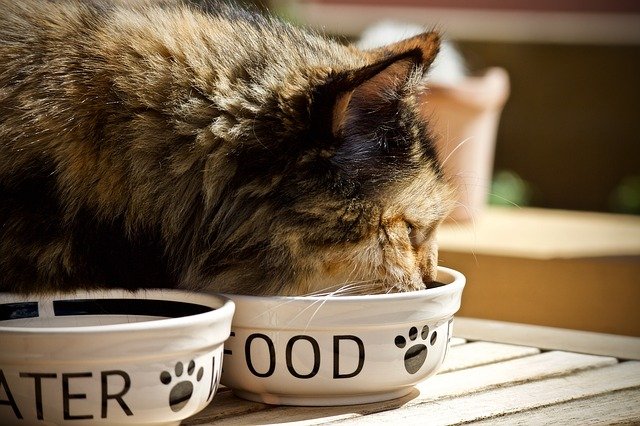
- Cats are known as obligate carnivores, meaning they rely on nutrients in animal products. A balanced and nutritious diet should include the 6 nutrients below:
- Water
- Animal-based proteins
- Essential/non-essential amino acids
- Fats
- Carbohydrates
- Vitamins
Grooming Your Cat
Regular grooming is essential to your cat’s overall health, well-being and comfort. It’s also a great way to strengthen your bond with your feline. Learn more at How to Groom a Cat with step-by-step instructions and pictures. (Also be sure to check out our cat grooming tools!)

Create a cat-friendly and safe environment by removing all potentially toxic plants from your home!
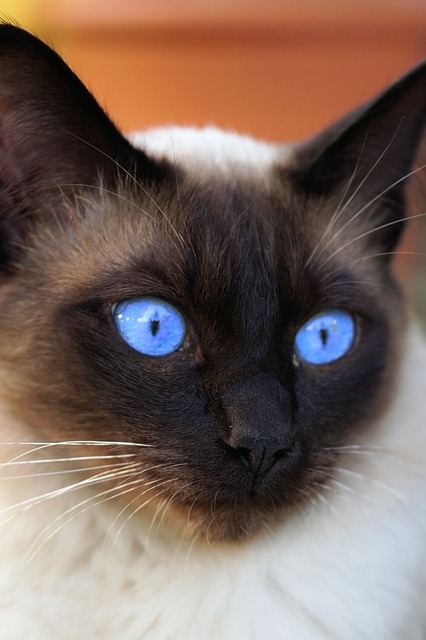
Did you know that some feline breeds need more attention?
These breeds include:
1. Siamese, and
2. Long-haired cats including the Persian, Himalayan, Maine Coon and more.
Despite their independent nature, cats still need quality interaction and enrichment activities for their best mental and physical health. Cats who are bored or stressed can become destructive. Anxious cats may also spray urine in and around the house. Use a pet sitter to give your cat some extra attention and activity.
Cats typically take more time to settle into their new home. Give them plenty of space and patience. Hint: try bonding with your new cat by smiling like a cat!
Adopting a cat (or any other pet) is a wonderful feeling and new adventure! By thinking it through and learning more about the feline breed you want to adopt will help ensure a successful transition for both you and the new kitty!
The Grooming Tool Your New Kitty Will Love!

Grooming your cat is an easy way to enhance the bond and trust between you and your feline friend.
The 5-inch EasyGroomer painlessly and easily removes your cat’s dead hair, dust and coat dander while supporting their overall well-being, health and comfort.

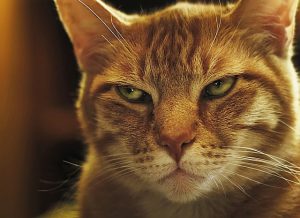 This specific eye language or movement has been called a “cat smile” by experts and researchers who believe it can help strengthen your bond with your favorite feline.
This specific eye language or movement has been called a “cat smile” by experts and researchers who believe it can help strengthen your bond with your favorite feline. squint) your eyes like you would if you had a happy and relaxed smile on your face. Then slowly blink at your cat by closing your eyes for a couple of seconds and then opening. If your cat responds in kind, you are “talking” with your cat!
squint) your eyes like you would if you had a happy and relaxed smile on your face. Then slowly blink at your cat by closing your eyes for a couple of seconds and then opening. If your cat responds in kind, you are “talking” with your cat!
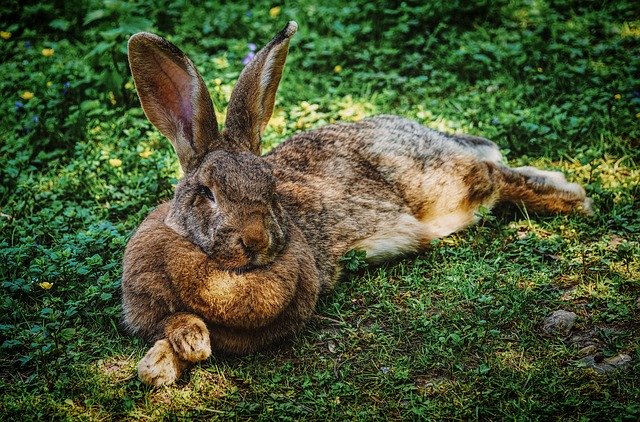
 Digital thermometers are considered safer and more commonly used today. Temperatures are typically taken via the ear or rectally – which is considered more accurate – in cats, dogs, horses and livestock (with a small amount of lubricant on the end of the thermometer). Be warned, depending on your pet or animal, taking their temperature may be a two-person job!
Digital thermometers are considered safer and more commonly used today. Temperatures are typically taken via the ear or rectally – which is considered more accurate – in cats, dogs, horses and livestock (with a small amount of lubricant on the end of the thermometer). Be warned, depending on your pet or animal, taking their temperature may be a two-person job!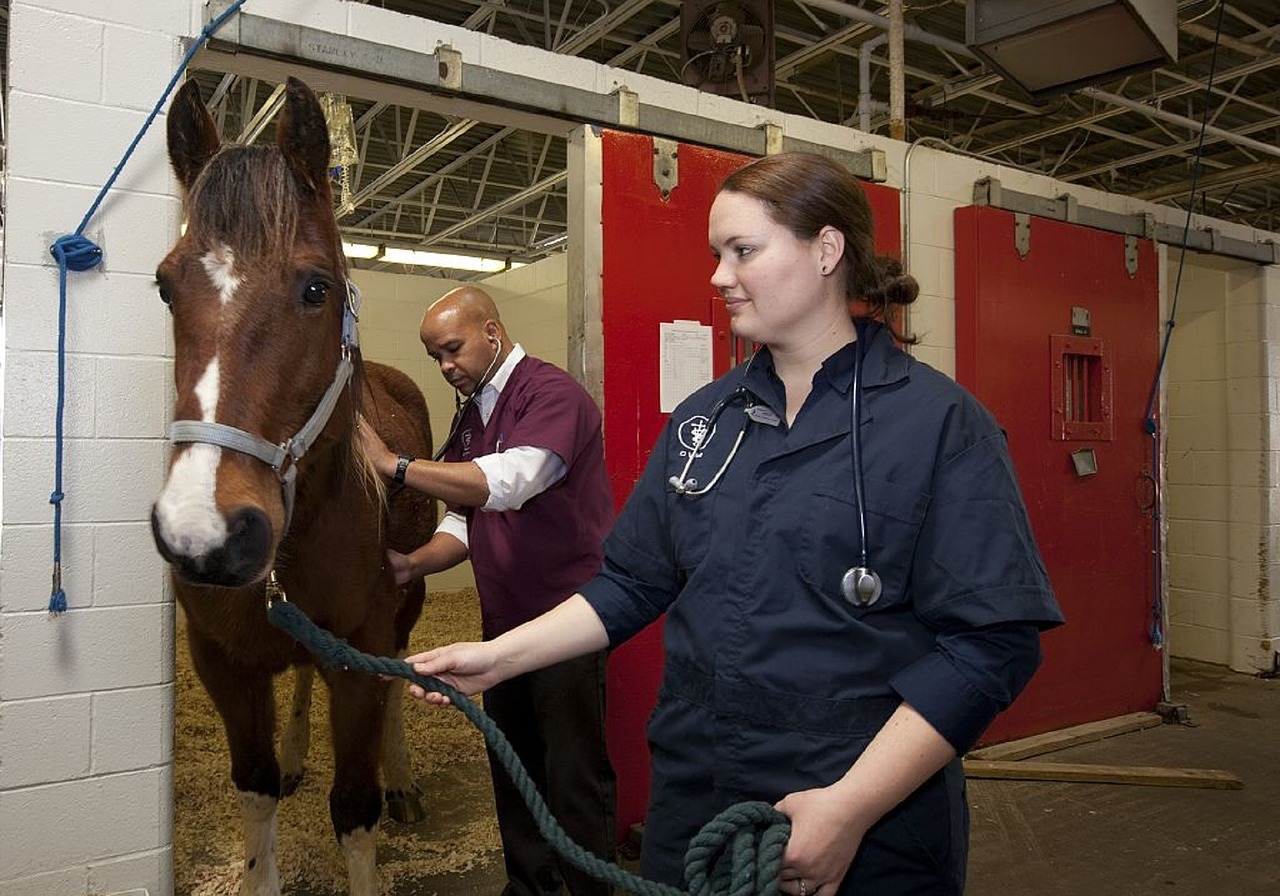

 Yes, our pets are at an even greater risk for dehydration because their bodies contain more water (80%) than the human body which contains only 60% of water so it’s critical to know how to keep your pets well-hydrated during the summer months.
Yes, our pets are at an even greater risk for dehydration because their bodies contain more water (80%) than the human body which contains only 60% of water so it’s critical to know how to keep your pets well-hydrated during the summer months.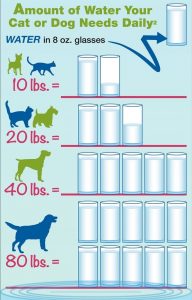
 symptoms indicating potential dehydration.
symptoms indicating potential dehydration. quicker and easier and need to be monitored closely.
quicker and easier and need to be monitored closely. Horses are just as susceptible to dehydration. Just a 3-4% loss of body water can cause mild dehydration in a horse.
Horses are just as susceptible to dehydration. Just a 3-4% loss of body water can cause mild dehydration in a horse.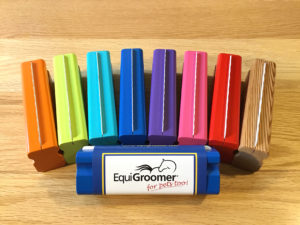
 often find ourselves worrying about the past or fearful about the future. Neither are natural states of being. Thankfully our pets always live in the moment, so let’s learn mindfulness from our pets!
often find ourselves worrying about the past or fearful about the future. Neither are natural states of being. Thankfully our pets always live in the moment, so let’s learn mindfulness from our pets!
 What would our pets tell us if they could talk? Perhaps that slowing down and being present in this very moment will help us find the mindfulness and peace our hearts and souls crave.
What would our pets tell us if they could talk? Perhaps that slowing down and being present in this very moment will help us find the mindfulness and peace our hearts and souls crave.
 Stay mindful, healthy and positive!
Stay mindful, healthy and positive!
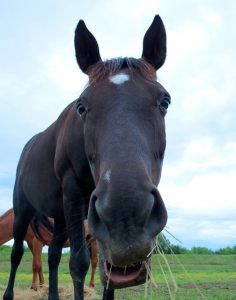
 Homemade Treats for Cats
Homemade Treats for Cats


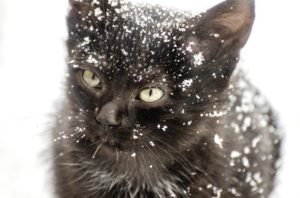 If you allow your feline to roam outside during the winter months, always watch the time (keep it short) and monitor their reactions to the cold. Do not let them out during the coldest times of the day or night.
If you allow your feline to roam outside during the winter months, always watch the time (keep it short) and monitor their reactions to the cold. Do not let them out during the coldest times of the day or night. Immediately get your cat to your vet!
Immediately get your cat to your vet!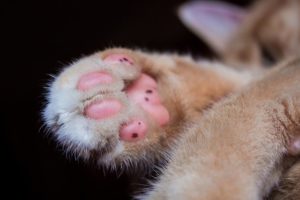 rock salt (you don’t want your cat licking any de-icing agents or chemicals). Also, check the paws for cracks and cuts. Massage moisturizing petroleum jelly or olive oil into your feline’s paws and between the toes.
rock salt (you don’t want your cat licking any de-icing agents or chemicals). Also, check the paws for cracks and cuts. Massage moisturizing petroleum jelly or olive oil into your feline’s paws and between the toes.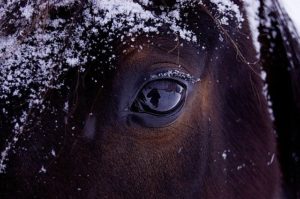 minimum, a three-sided structure to protect themselves.
minimum, a three-sided structure to protect themselves. and colic.
and colic.

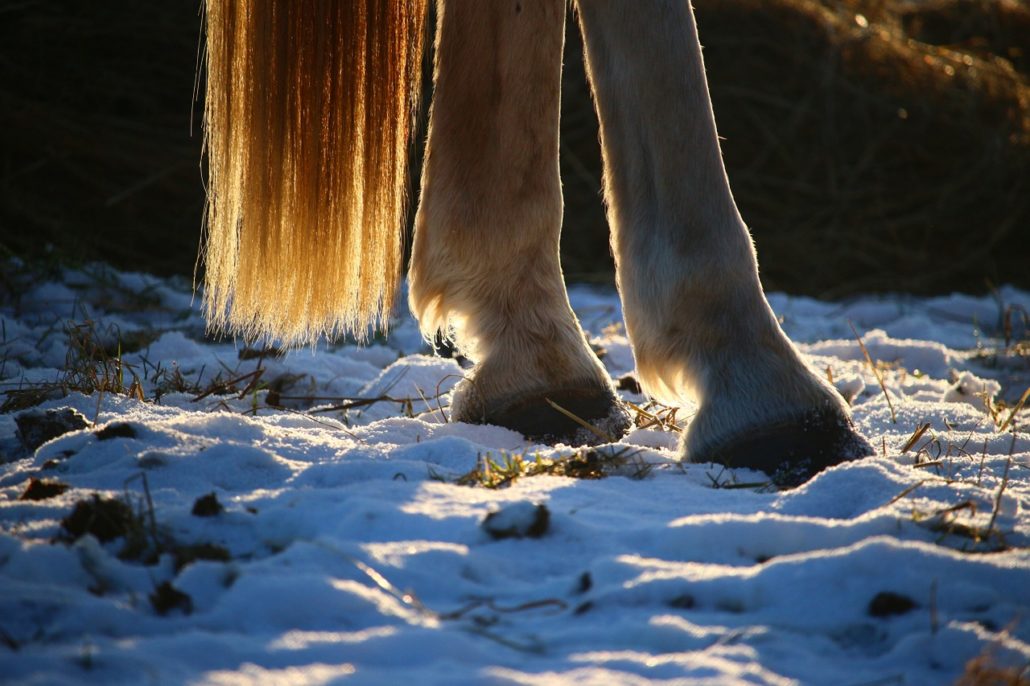
 attended to on a regular, daily basis. In this unprecedented time, our pet’s health is equally as important as our own! Our pets rely upon us daily to protect them and ensure their best health and quality of life. Also, during all the uncertainty, we need our beloved pets even more for their infinite love, support and companionship while we all self-quarantine.
attended to on a regular, daily basis. In this unprecedented time, our pet’s health is equally as important as our own! Our pets rely upon us daily to protect them and ensure their best health and quality of life. Also, during all the uncertainty, we need our beloved pets even more for their infinite love, support and companionship while we all self-quarantine.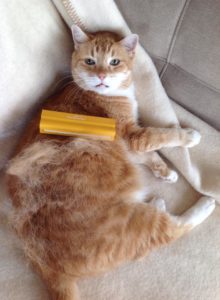 By keeping up with your pet’s regular grooming, you can keep your pet’s coat in good shape, without painful matting, burrs and/or allergens. You can also address any potential health issues before they require a potentially stressful visit to your veterinarian during the shelter-in-place mandates.
By keeping up with your pet’s regular grooming, you can keep your pet’s coat in good shape, without painful matting, burrs and/or allergens. You can also address any potential health issues before they require a potentially stressful visit to your veterinarian during the shelter-in-place mandates. our domestic pets. So, we’d like to take a quick moment and address what you need to know.
our domestic pets. So, we’d like to take a quick moment and address what you need to know.
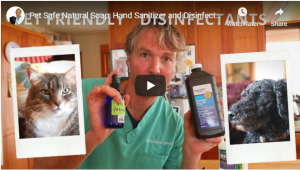


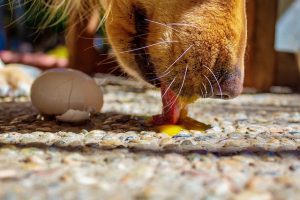
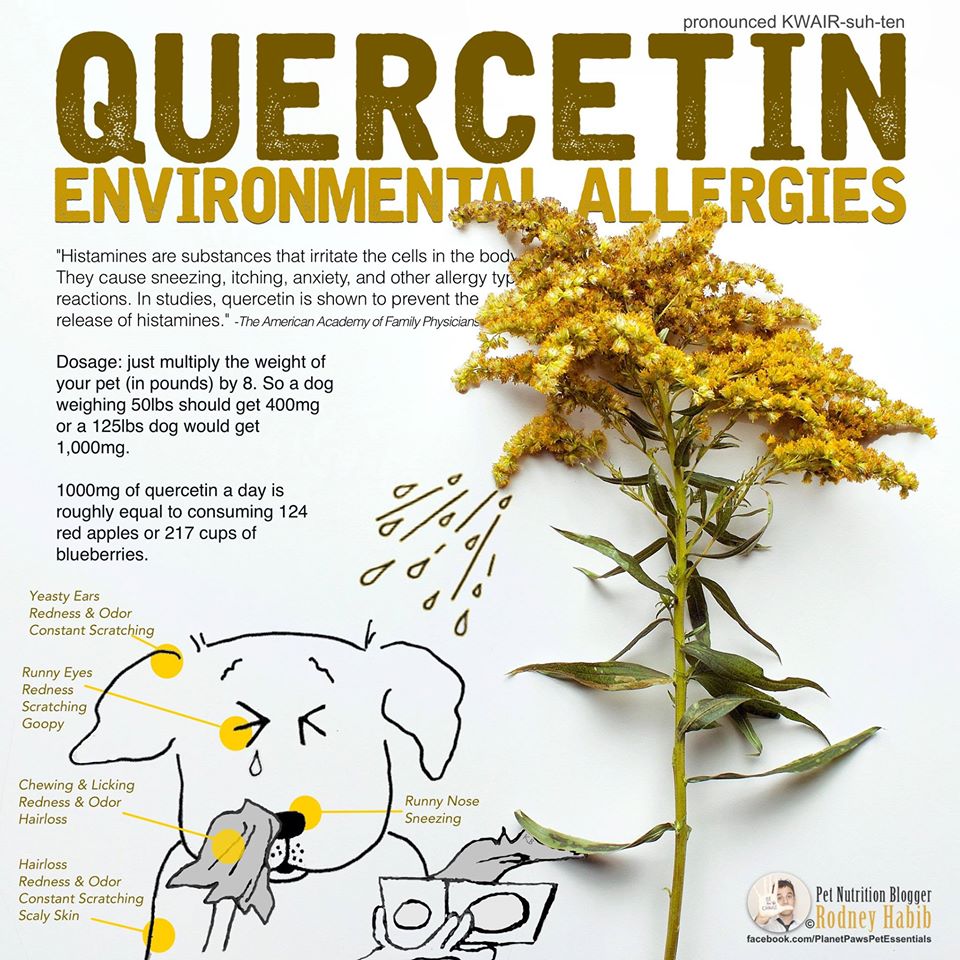
 Just like their canine friends, our felines are just as susceptible to winter dryness. But excessive itchiness and scratching can lead to unwanted infections and wounds for your cat. Below are some remedies to keep your cat’s skin well-conditioned.
Just like their canine friends, our felines are just as susceptible to winter dryness. But excessive itchiness and scratching can lead to unwanted infections and wounds for your cat. Below are some remedies to keep your cat’s skin well-conditioned. Change My Litter!
Change My Litter! healthy) kitty treats contain:
healthy) kitty treats contain: Feed Me a High-Quality Diet!
Feed Me a High-Quality Diet!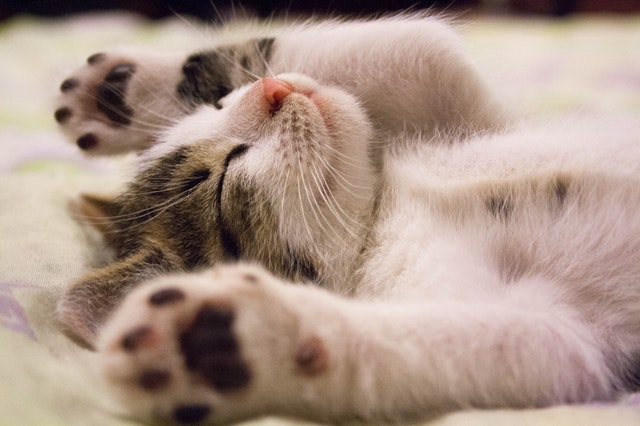
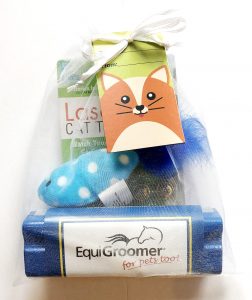 The Giftbag Your Feline Can’t Live Without!
The Giftbag Your Feline Can’t Live Without! 